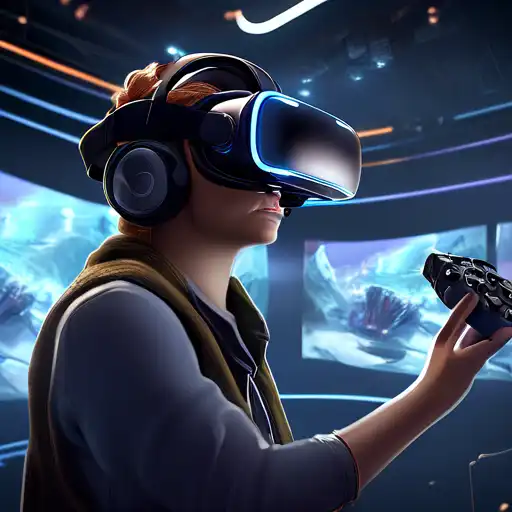Understanding the Complexities of VR Content Development
Virtual Reality (VR) has emerged as a groundbreaking technology, offering immersive experiences that were once the stuff of science fiction. However, the path to creating compelling VR content is fraught with challenges that developers must navigate. From technical constraints to creative dilemmas, the process of VR content creation is anything but straightforward.
Technical Limitations and Hardware Diversity
One of the primary hurdles in VR content development is the vast array of hardware available. Each VR headset comes with its own set of specifications, capabilities, and limitations. Developers must ensure their content is compatible across multiple platforms, which often requires significant adjustments and optimizations.
High Development Costs
Creating VR content is not only technically demanding but also financially taxing. The need for specialized software, hardware, and skilled personnel can drive up costs, making it a significant barrier for small studios and independent creators.
User Experience and Motion Sickness
Another critical challenge is designing experiences that are comfortable for users. Motion sickness, caused by discrepancies between visual stimuli and physical movement, is a common issue in VR. Developers must carefully balance immersion with comfort to create enjoyable experiences.
Content Length and Engagement
Unlike traditional media, VR experiences are often shorter due to the intensity of immersion. Keeping users engaged without overwhelming them requires innovative storytelling and interactive design techniques.
Strategies for Overcoming VR Development Challenges
Despite these challenges, there are strategies developers can employ to streamline the VR content creation process. Leveraging cross-platform development tools can mitigate hardware compatibility issues, while iterative design processes can help refine user experience and comfort levels.
Embracing Collaborative Tools
Collaboration between artists, programmers, and designers is crucial in VR development. Utilizing collaborative tools and platforms can enhance efficiency and creativity, leading to more cohesive and engaging VR experiences.
Focusing on Accessibility
Making VR content accessible to a wider audience is essential for its growth. This includes optimizing performance for lower-end devices and incorporating features that accommodate users with disabilities.
The Future of VR Content Development
As technology advances, many of the current challenges in VR content development are likely to diminish. Innovations in hardware, software, and design methodologies promise to make VR more accessible and enjoyable for both creators and users alike.
For those interested in exploring more about digital media and technology, check out our articles on digital media trends and emerging technologies.
In conclusion, while developing VR content presents numerous challenges, the potential rewards are immense. By addressing these hurdles head-on, developers can unlock the full potential of virtual reality, creating experiences that captivate and inspire.
